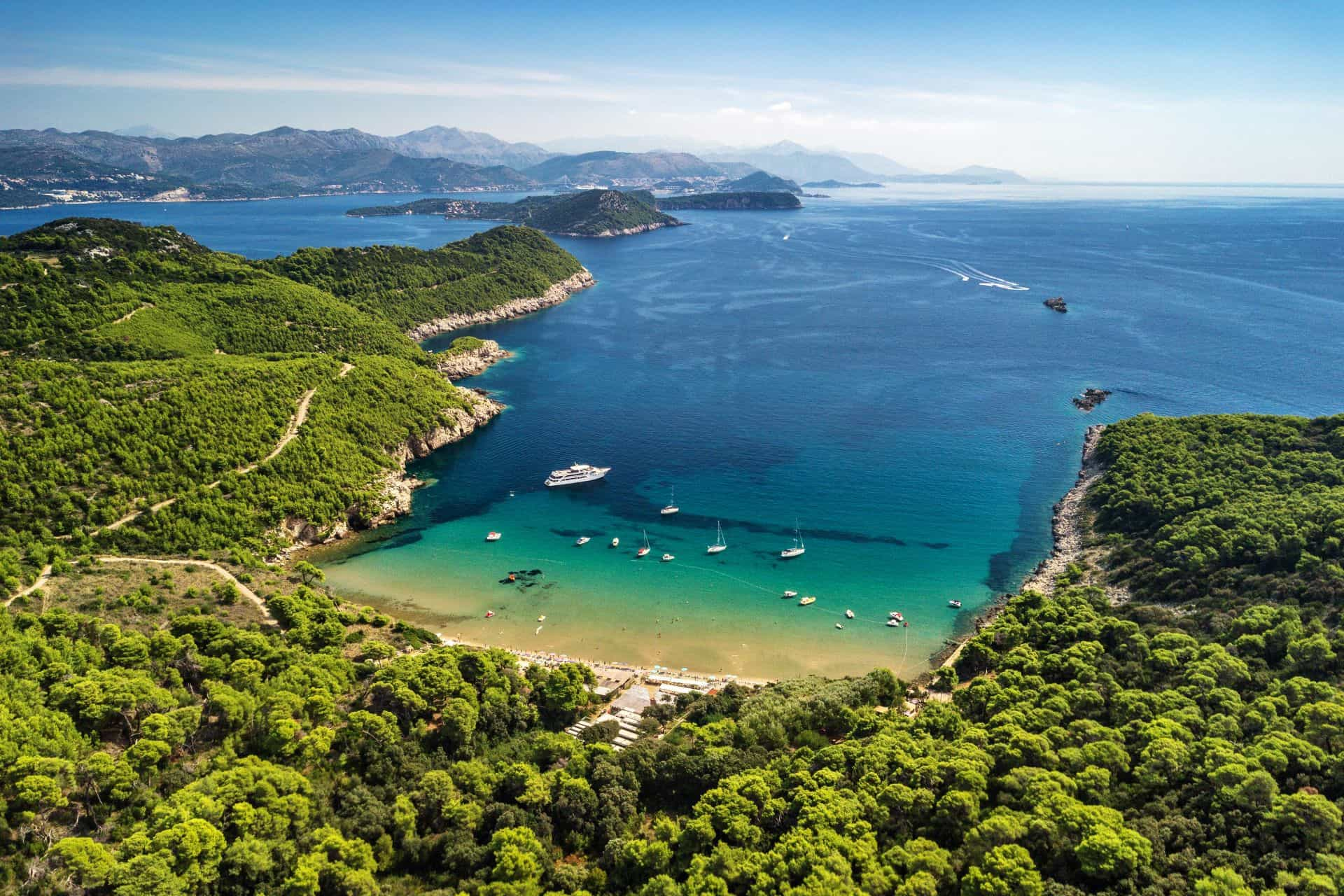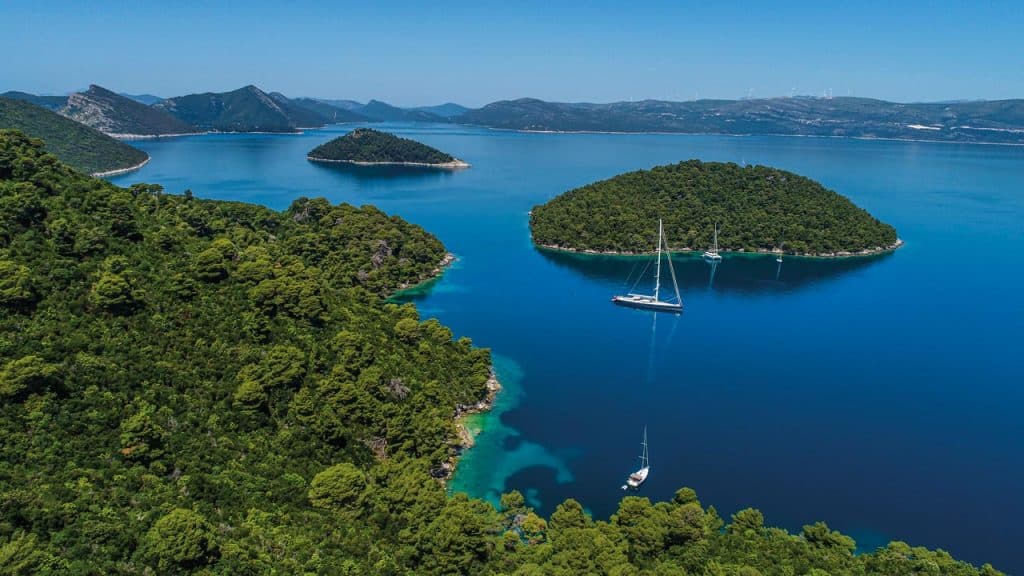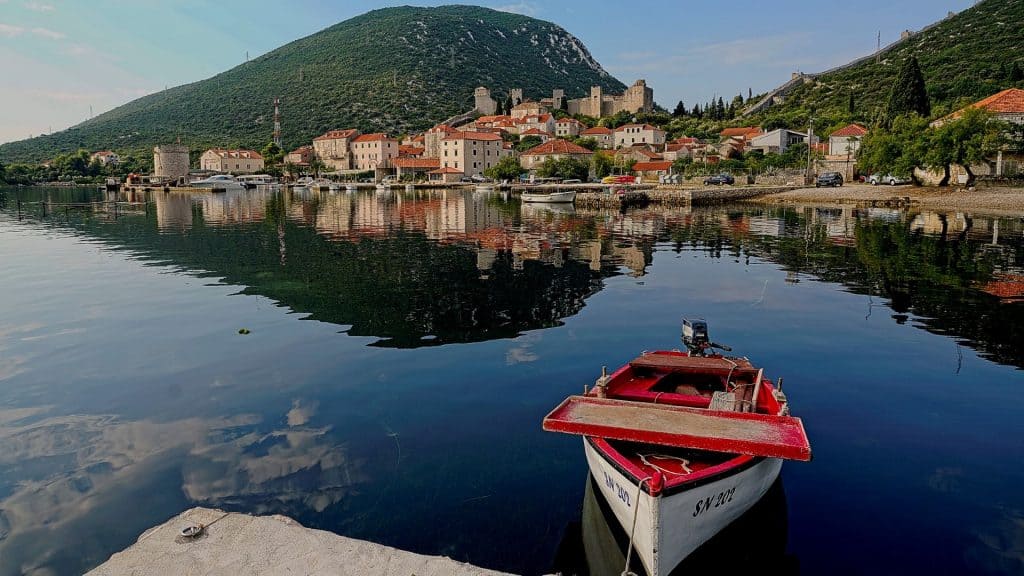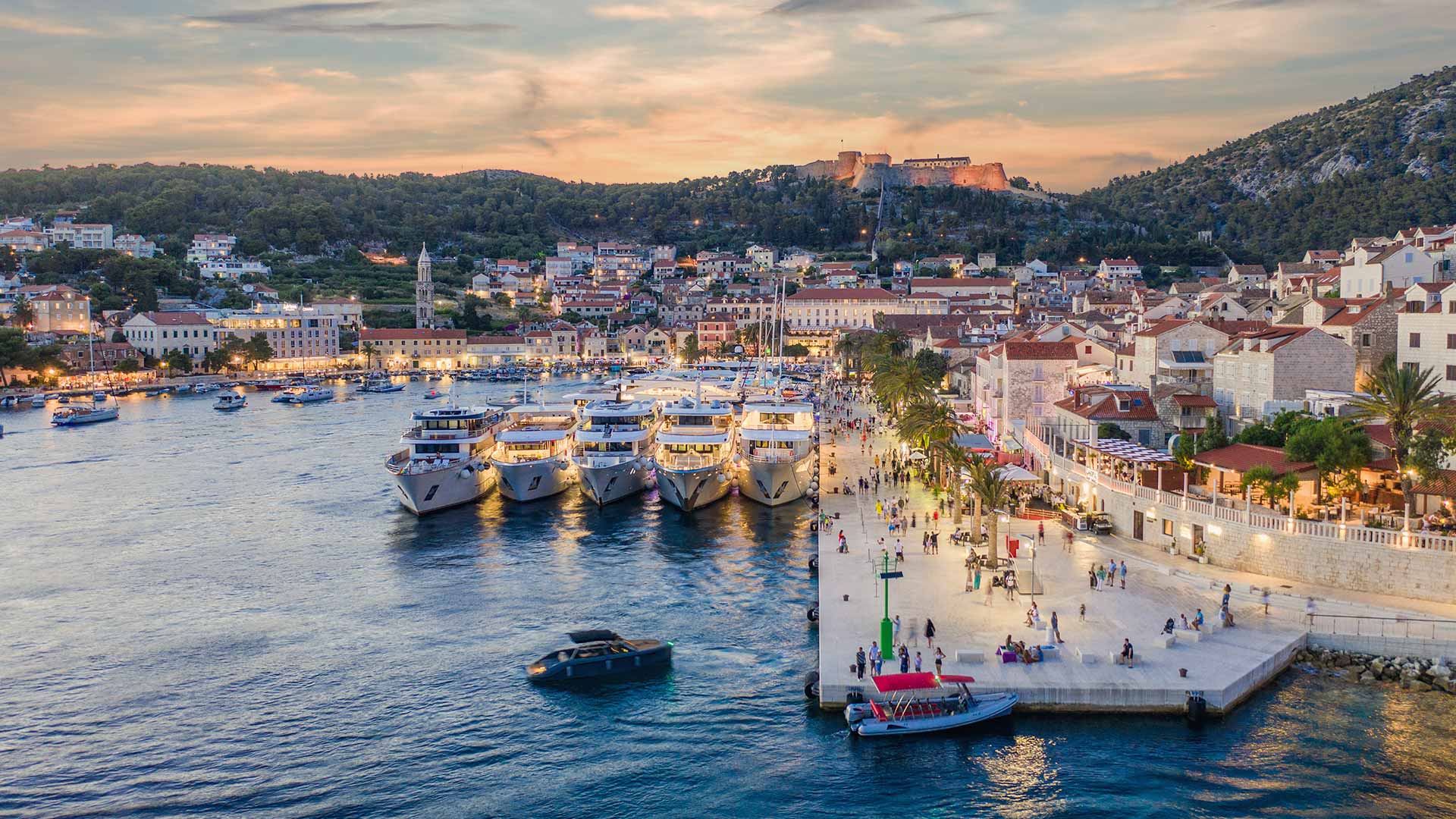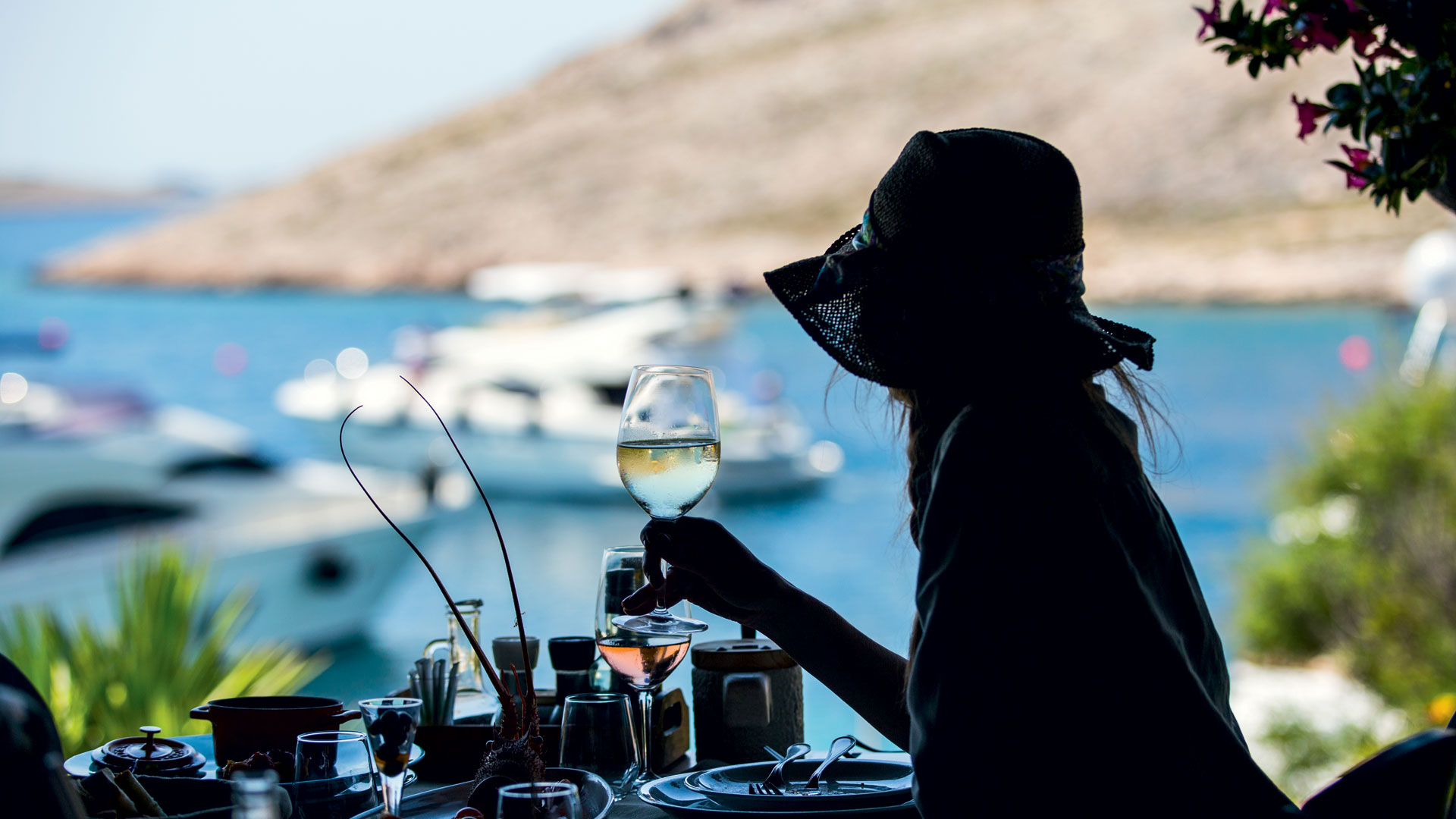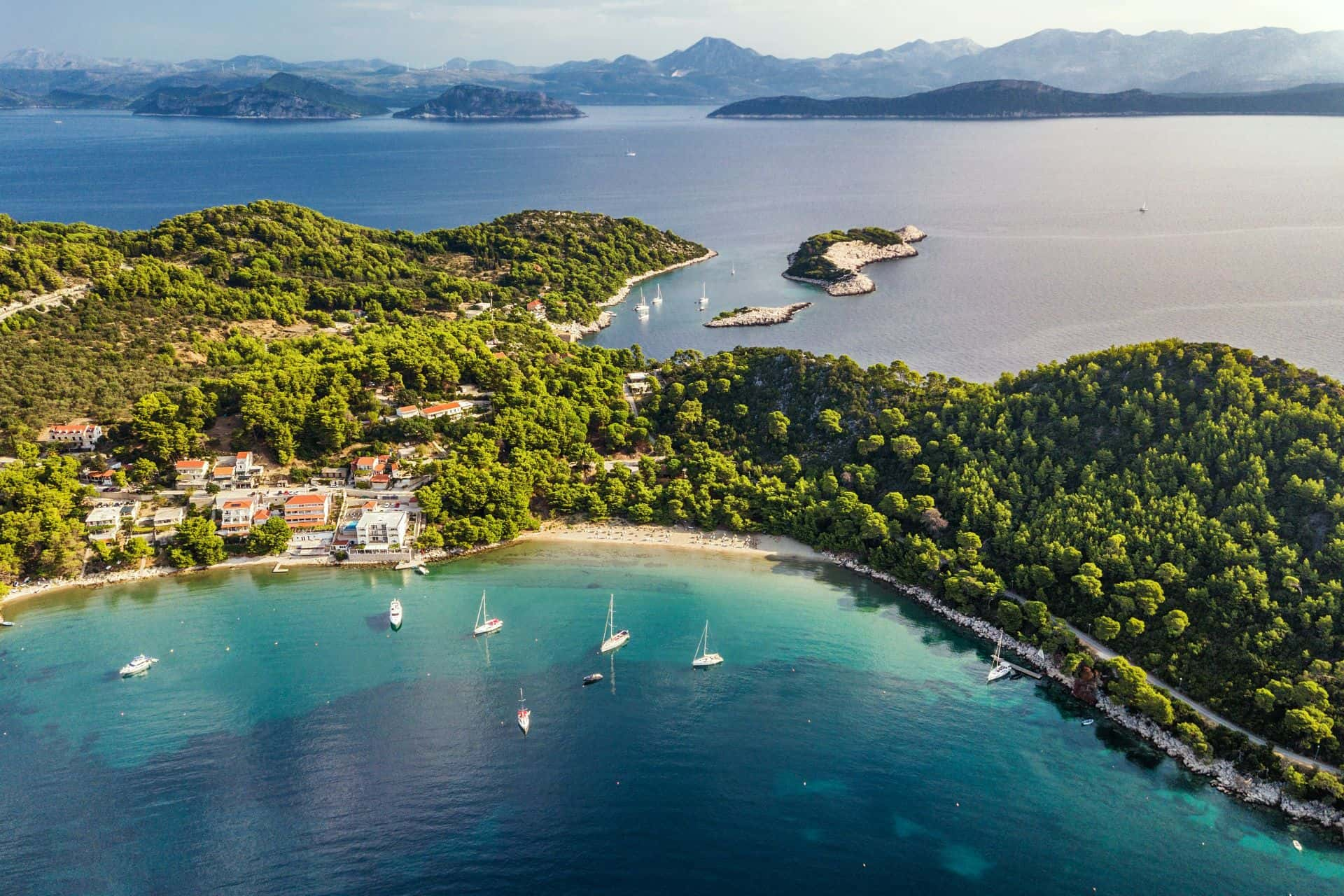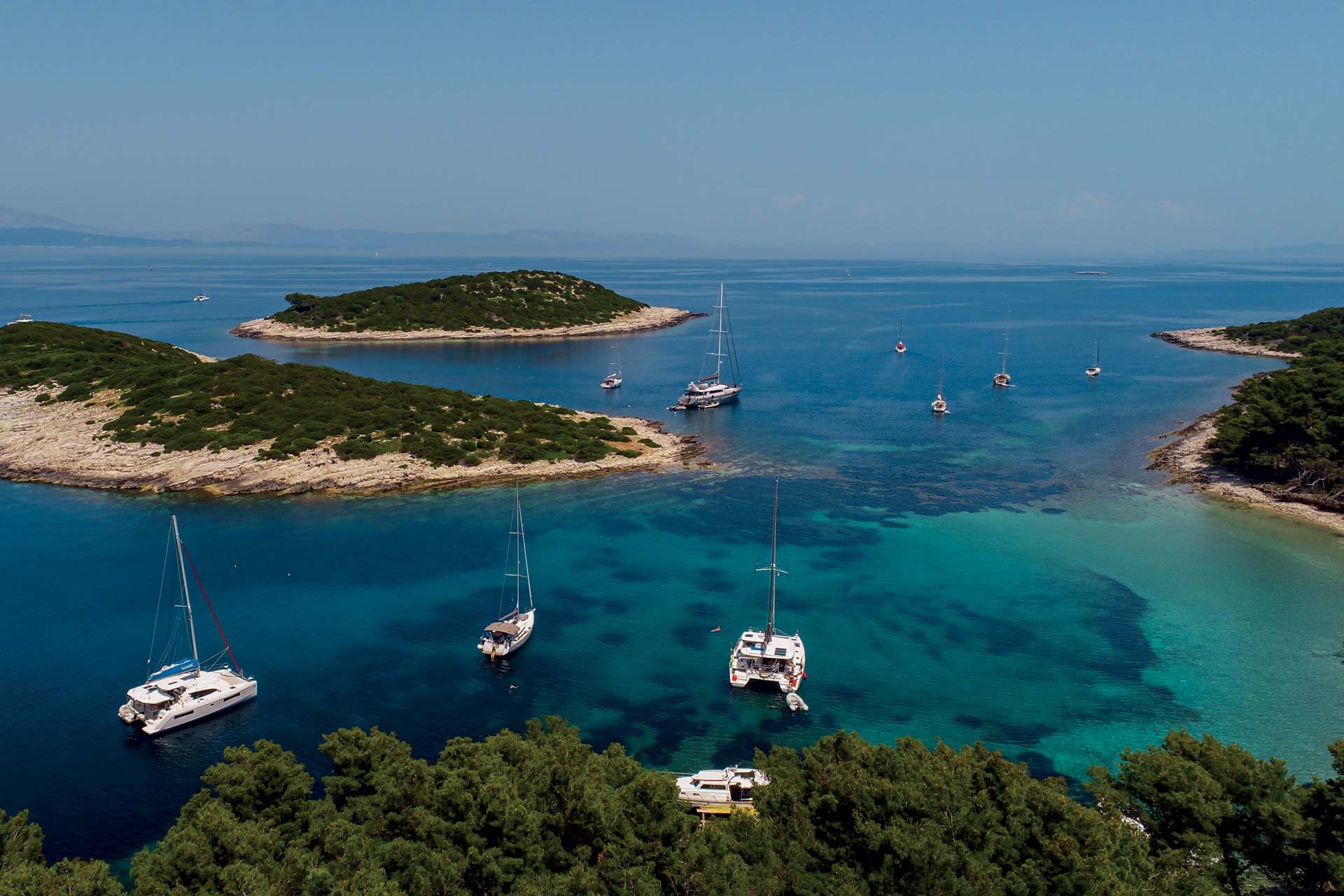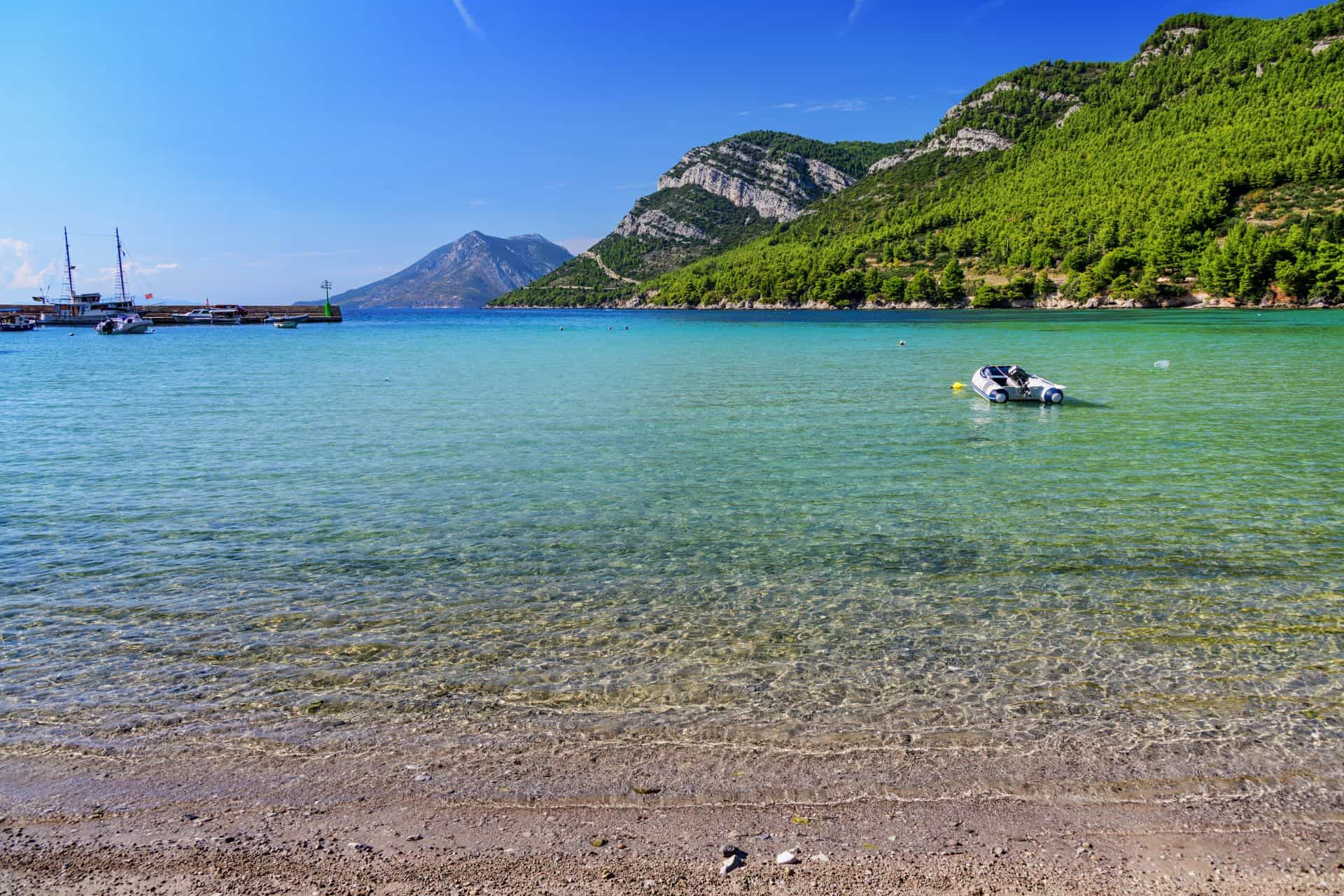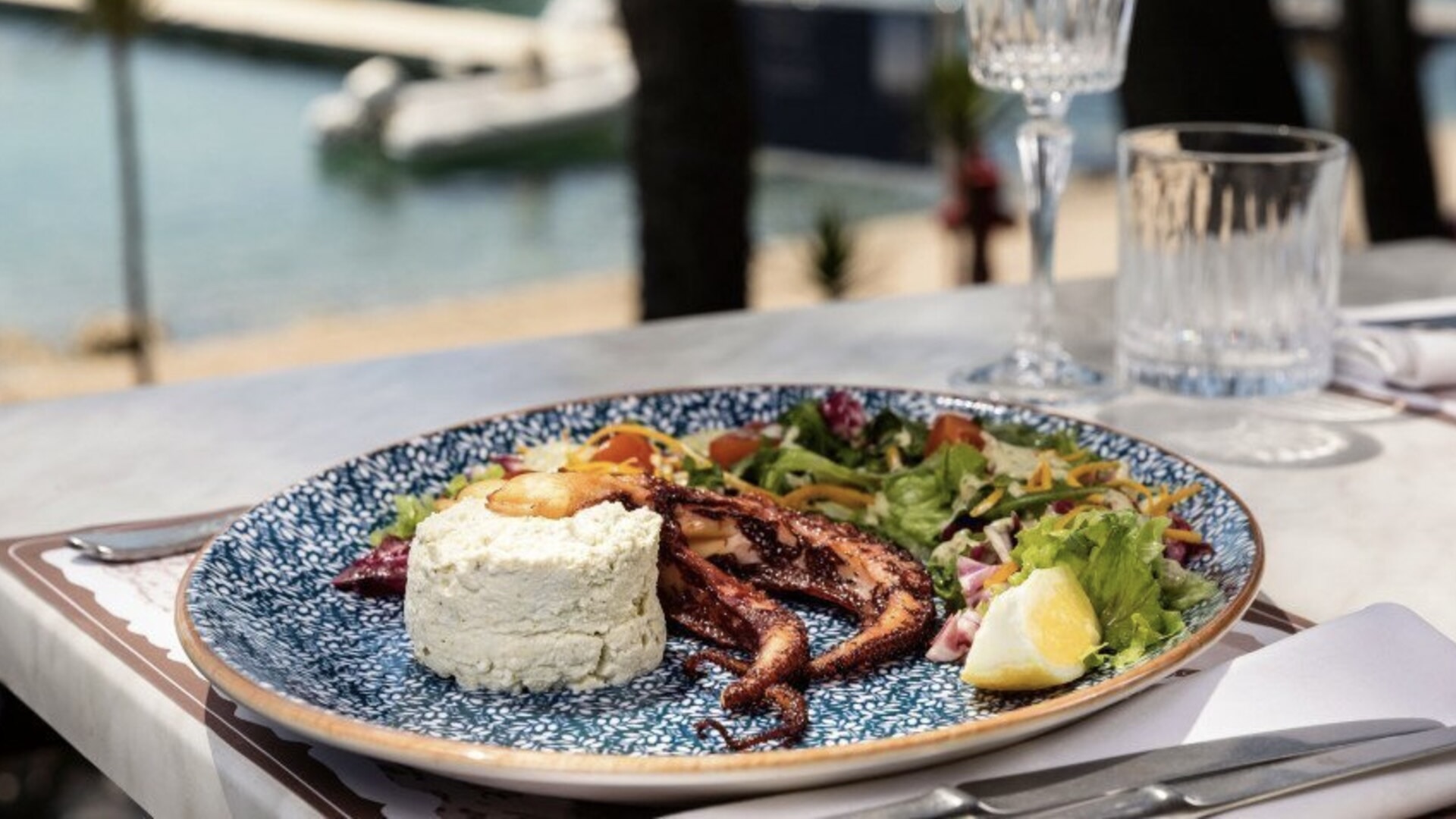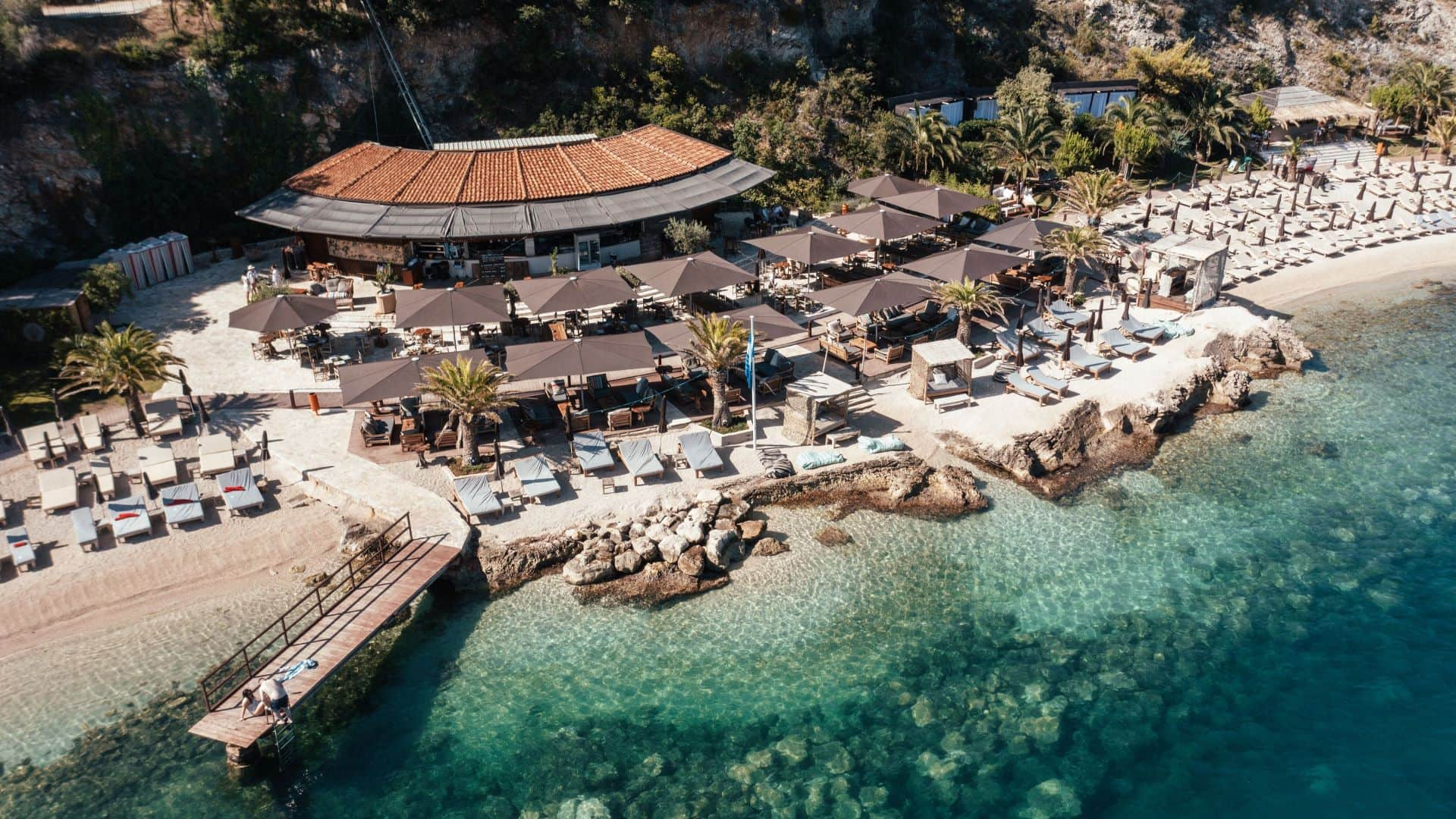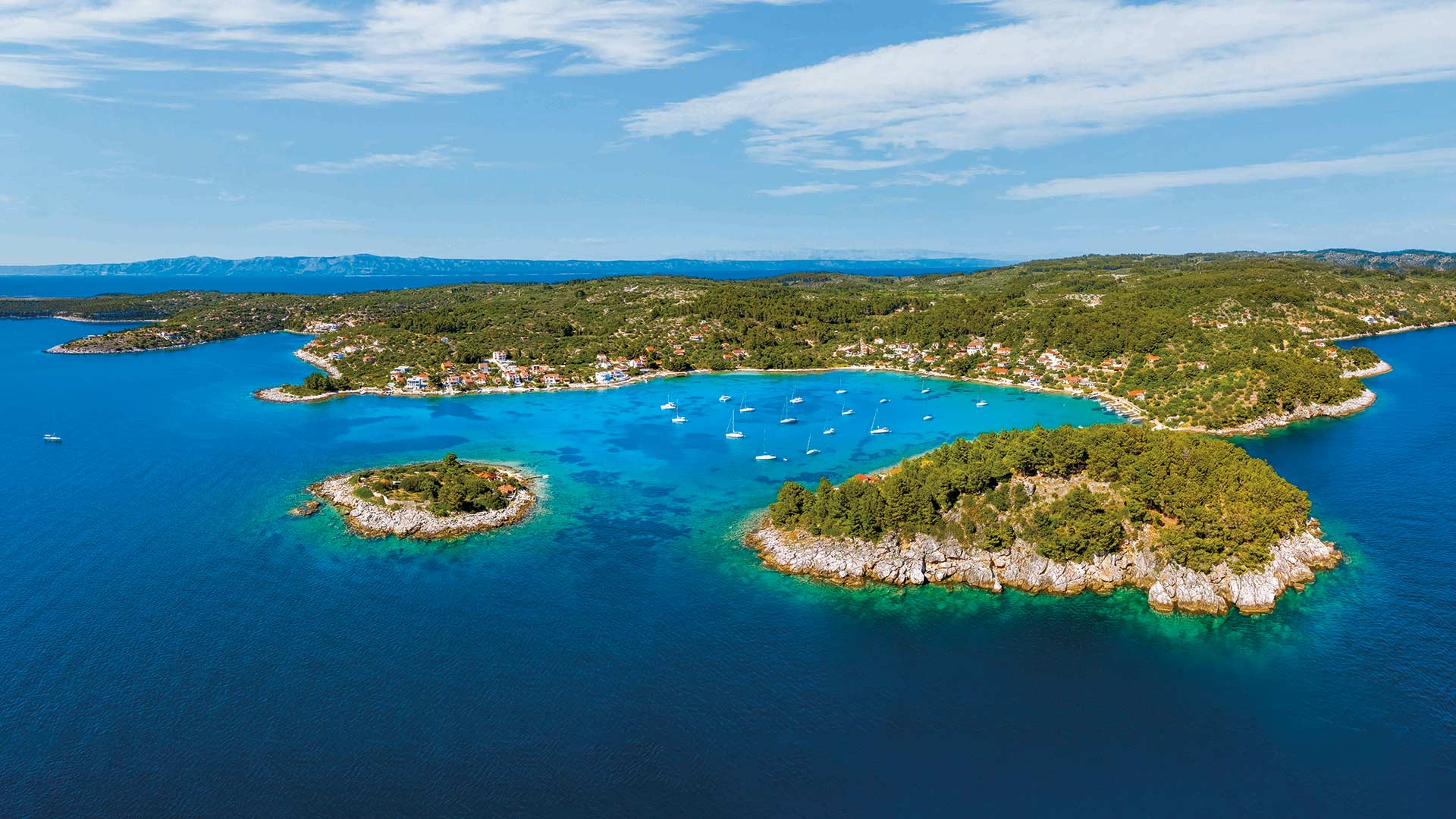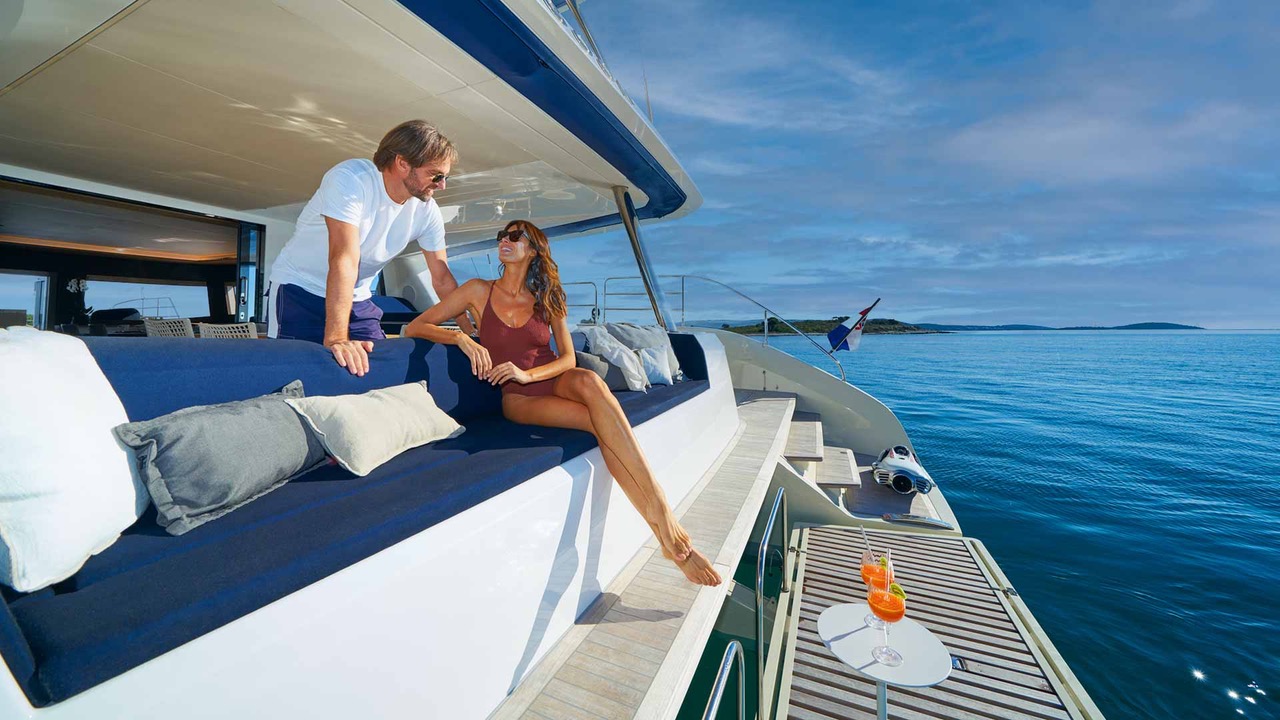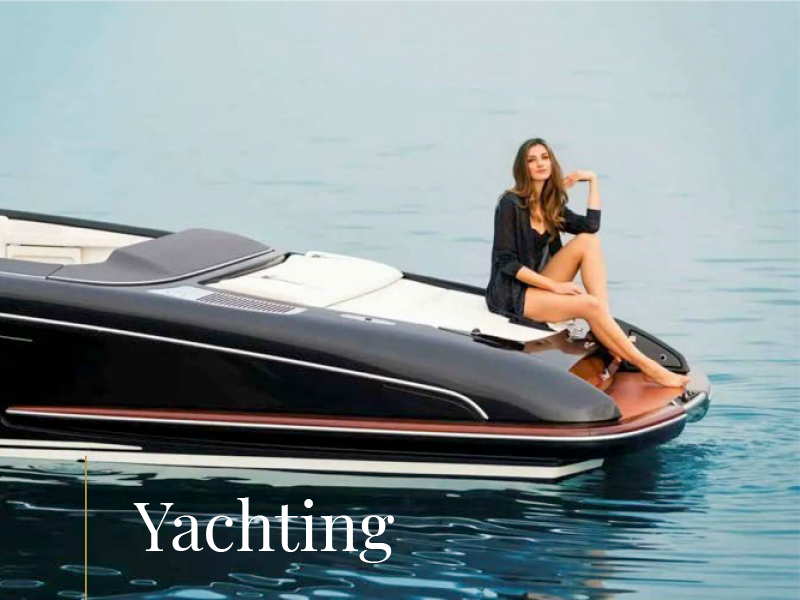Our southern Croatian route ignores most of the (too) popular spots and takes you from Dubrovnik to Lastovo via the undeservedly neglected eastern Pelješac and southern coast of Mljet
Create Unforgettable Memories on a Yacht Charter in Southern Croatia
When we first set out for southern Croatia, our plan for the summer was to sail the waters around the island of Šipan, the largest of the Elaphiti islands and the final night-berthing spot for all sailing toward Dubrovnik. But when we finally reached that part of the Adriatic, we couldn’t resist. Southern Adriatic is a region of exquisite beauty, criss-crossed by many busy routes – of which we tried to avoid as many as we could.
We set sails from Dubrovnik toward Šipan, following the shortest route, and stopped for the first swim of the year at Lopud. After a rainy spring, the sandy Šunj cove, a favorite among locals and visitors coming over to Dubrovnik, was just what we needed. When on Lopud, go a little out of your way to visit the village of Lopud, whose Franciscan monastery of Our Lady of Špilica was restored to its former beauty. The reconstruction was funded by foreign sponsors, and championed by Francesca von Habsburg.
Before dropping the anchor at Šipan, we sailed the well protected Boka falsa, the deep bay surrounded by the mainland, the eastern side of Pelješac, and the islands of Jakljan and Šipan. The sea was finally warm enough for a proper swim, so we continued our sailing after a rather long break.
We spent the night in Kobaš, a tiny village on the northern coast of the Pelješac peninsula, and lifted anchor in the morning to sail to Ston. If you have traveled the Dalmatian waters many times and think you have seen everything, think again: the waters around Ston are shallow, and just in front of the town the sea turns into a long blue finger touching the coast in a narrow point.
The town itself is famous for ancient walls, but our recommendation is a trip to the salt evaporation ponds – every food really tastes better with a sprinkle of the Ston salt.
Speaking of food, Mali Ston is just a short drive away from Ston, and the place to visit if you’re a fan of seafood, or shellfish in particular. Most of the town’s restaurants are serious gastronomy temples dedicated to the cult of the Ston oyster, or the less popular, but still delicious mussels.
The isle of Šipan, our next destination, is one of the very few places in Dalmatia that haven’t gone modern. Resisting the otherwise ubiquitous architectural trends, Šipan is traditional and – as many small communities around the world are – sometimes uniquely weird. It has become rather popular with foreign and domestic CEOs and public servants of the highest order, but you’d never know it, seeing how well they blend in with the local crowd. So do international celebrities, but that’s supposed to be a secret.
Featured Yachts
Probably the only new building on the island is the thirty-five million euros port complex, as all other expensive private villas built centuries ago for the rich and influential families of Dubrovnik still look the same from the outside – Šipan is still a quaint little island, with a quaint little port and several buoys.
The legendary restaurant Kod Marka now has competition in restaurant Taurus, in the very bottom of the bay, and those who prefer to feed their spirit as opposed to their body can stroll to the yoga and massage studio Nyama. Private yoga lessons at dawn are available, but we leave it to you to decide how welcome they are during a relaxing holiday.
As small and quaint as it is, Šipan is a world-record holder: the Guinness book of records lists the island as the place with the largest number of olive trees per square meter. The olive tree-planting tradition began long ago, as the town of Dubrovnik decided centuries ago to outsource their olive production to the fertile island blessed with many natural water sources.
These days, the giant olive orchard stretching across the central part of the island serves only to visually separate the two largest villages, Suđurađ and Šipanska Luka.
Another curiosity of Šipan are the forty-three churches sprinkled all over the island, many of which served (long ago) as safe havens during pirate attacks. During our stroll across the island, we were particularly impressed by palaces – there are many, they are well maintained and many of them are in the middle of getting a face-lift.
The most famous private palace on the island is the villa of Vice Stjepović Skočibuha in Suđurađ, which was several years ago turned into a small family-owned hotel Božica, famous for their cuisine.
Another foodie-spot in the vicinity is restaurant Stara Mlinica, in the small port of Suđurađ. Despite its modest size, the island has a clinic with a doctor, a dentist and a nurse, so we really see no reasons not to stay there for a long, long time.
Leaving Šipan, we turned toward Mljet, passed through the Harpoti passage between Šipan and Jakljan (another good spot to drop your anchor, but only on days with no southern wind) and then sailed along the southern coast of the island.
Mljet is famous for many a thing – the sandy, almost tropical Limuni beach, the Saplunara cove, and the Odysseus Cave on the southern side of the island, allegedly the home of the infamous nymph Kalypso who imprisoned the Greek hero. The nearby Mljet national park is wonderful, but closed to vessels of all sizes and types, so we just stopped for a swim at its entrance and left for Saplun.
The most beautiful of the Lastovci islands, Saplun is famous for its sandy beach and warm, shallow waters, but we wouldn’t recommend getting too close to the coast if you’re not the most skilled of sailors. Both Saplun and the neighboring Lastovo island are one of the favorite places in Europe for stargazing, as light pollution there is almost non-existent.
Next on our route was Korčula, but we skipped it and went straight to Pelješac. The village of Žuljana and Vučine cove are beloved among locals, as they offer sandy beaches and protection from southern winds (but not the mistral, so beware). Stretching behind them is the Dingač region, bearer of the wine of the same name, the most famous product of the peninsula. The last spot we visited on our trip was the sandy oasis that is Pržina cove on the eastern side of Pelješac.
Our trip around the southernmost part of the southern Adriatic ended where it had begun, in the serene waters around the island of Jakljan, perhaps best described through the lens of our photographers.
Text Darko Šupuk
Photos Aleksandar Gospić/HTZ, Mario Jelavić, Filip Bubalo
